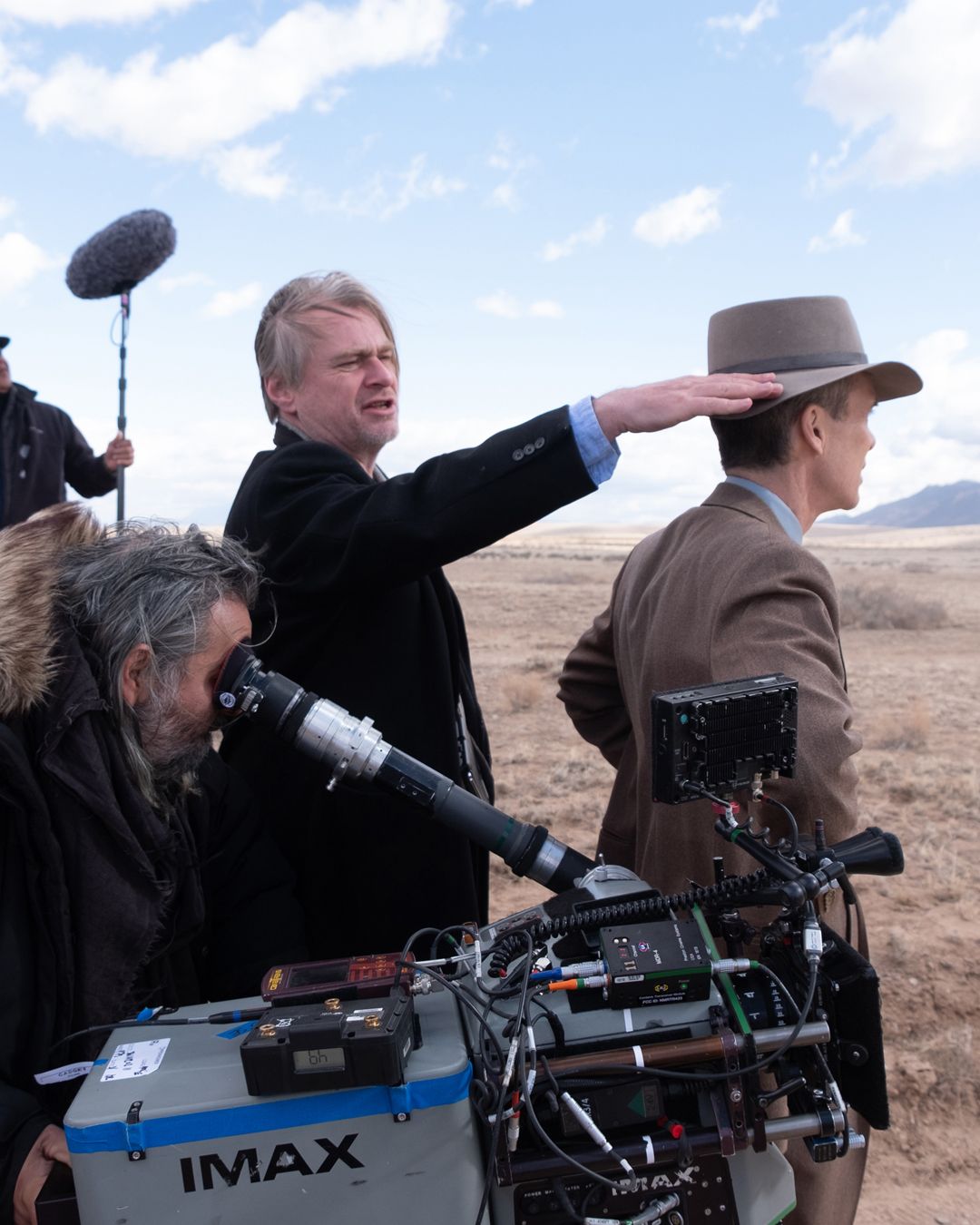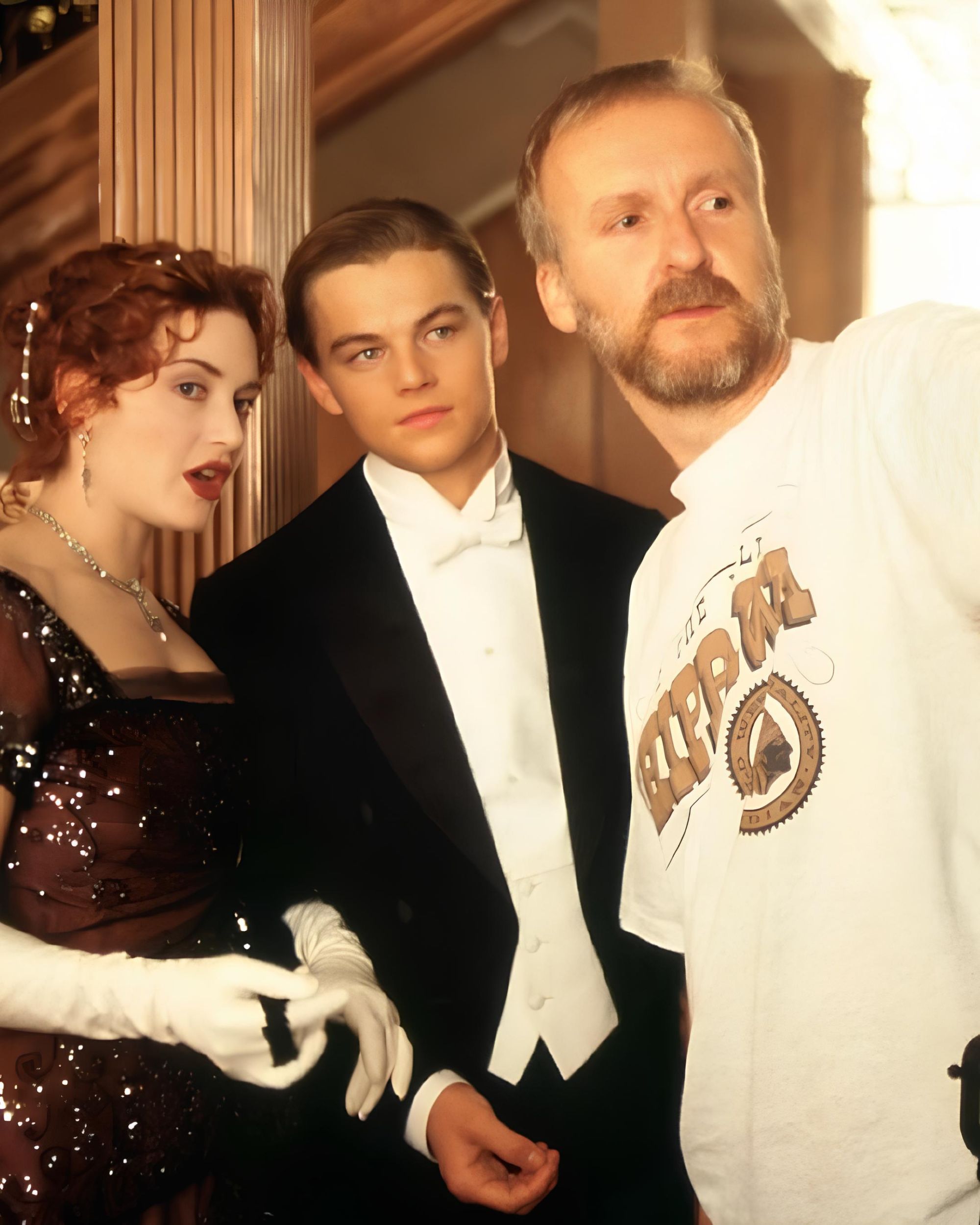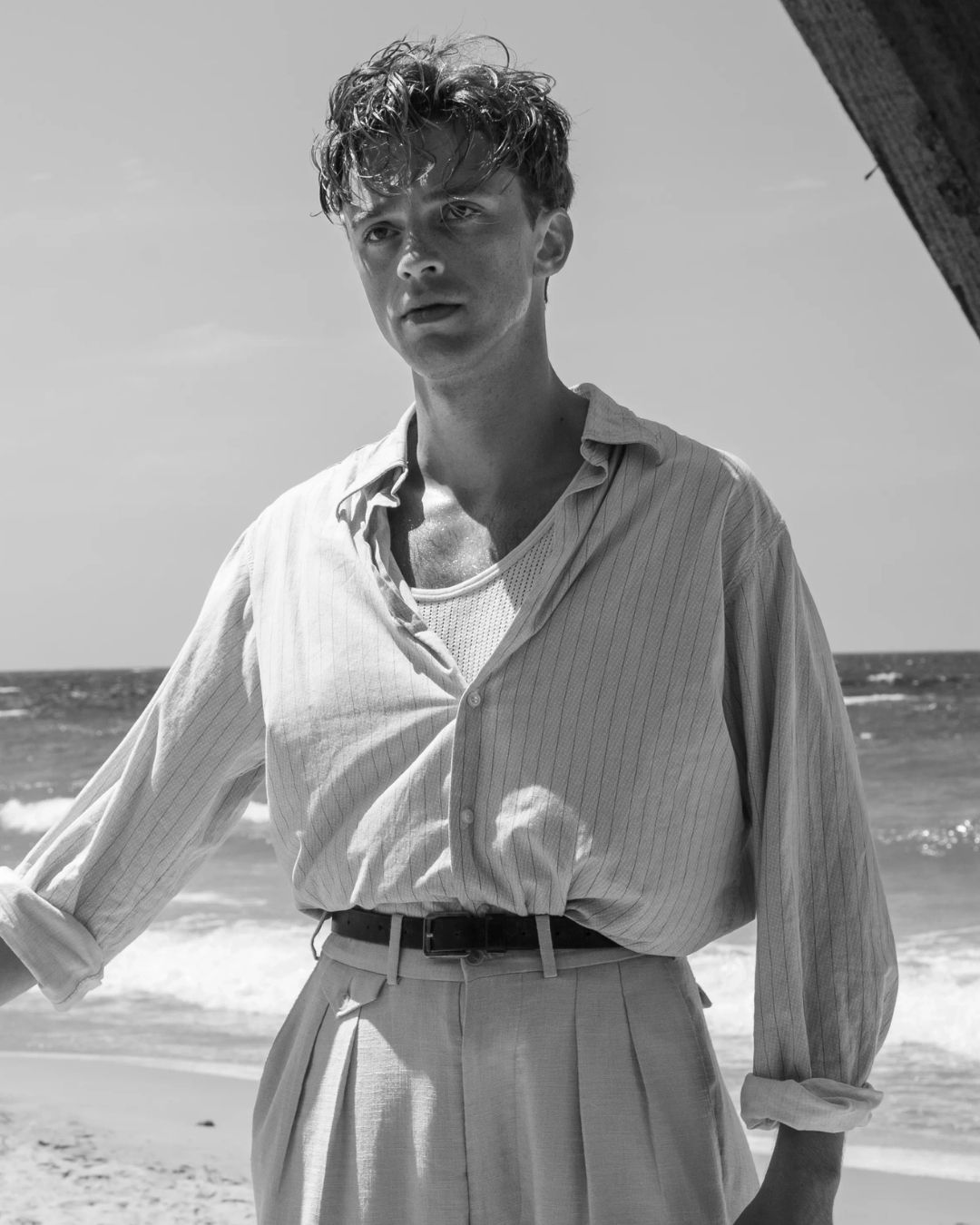
Why are film formats getting stranger and stranger? From Oppenheimer to Korine's new film via Tarantino
The numbers speak for themselves. Oppenheimer, after recording the best Italian debut for a Nolan film, is continuing to grind out impressive numbers, both at the domestic and international box office. Filling up, however, are not all theaters. Moviegoers have decided to favor a certain type of theater. The best possible one? Yes, but especially the one that can guarantee a viewing as close as possible at least that envisioned by the director and communicated by a promotional campaign that pushed the importance of seeing the film in an IMAX theater. The Oppenheimer case does not represent a uniqueness as much as a trend in contemporary cinema. As we shall see in the following paragraphs, the choice to favor such peculiar formats hides different motivations from time to time. Before we begin, however, it is good to clarify the format chosen by Nolan for his latest effort and the differences from the more classical format that we may happen to see, for example, in our trusted cinema behind the house. In many cases, cinemas use a digital format which has replaced the more classic film with a resolution of 2K or 4K. When moving to 70mm, on the other hand, the resolution goes up to 12k, while it even reaches 18k with IMAX 70mm, the ambitious format chosen by Christopher Nolan that required the production of black-and-white films specifically for that format.
The format as a vintage effect
Now watching #Oppenheimer at NYC Lincoln Square in #IMAX 70 MM 1.43 Aspect Ratio (15/70) . . . pic.twitter.com/2YEFDGHglq
— Komix Bro (@theKomixBro) September 4, 2023
However, the variety of formats is not the result of modernity. Since the birth of cinema, there have been a variety of types. The Academy, Cinemascope, Cinerama, and Panoramic are just some of those that have made history on the silver screen. Their origin can be found in the need that led cinema to rely on technological progress in search of ever higher quality or to introduce new features (such as sound). Today, on the other hand, where the quality threshold is more standardized, the decision in favor of certain formats or tools is a choice that hides, almost always, a certain meaning. Take Quentin Tarantino, for example. For the making of The Hateful Eight, he opted for Ultra Panavision 70, also known as MGM Camera 65. This is a special format, created to further extend the projection aspect ratio of the 70MM. Simply put, to increase the immersiveness of the image even more. Such a choice hides a technical and narrative need on the one hand. For The Hateful Eight Tarantino wanted the audience to be inside the cabin together with those characters, so as to share with them the claustrophobic and anxiety-filled feeling. On the other hand, however, he hides a passion for vintage. The Ultra Panavision 70 is a historic format, used in the making of some great classics, such as Ben Hur. And given that this is Tarantino, that is, a lover of film history who imposes manic control over his career in this regard, it is hard not to think that he wanted to experience the thrill of using those cameras and lenses.
The format with metanarrative function
But speaking of using certain formats, we cannot fail to mention Xavier Dolan and his Mommy. The film by the canadian director - winner of the Jury Prize at the 2014 Cannes Film Festival - is presented in the 1:1 format that we all know well is the typical one of Instagram posts. In Mommy, the use of this aspect ratio is aimed at increasing the claustrophobia and especially the feeling of oppression felt by Steve, the little boy at the center of the story. When at a precise moment the protagonist changes his mental and emotional condition, he enlarges the aspect ratio with his own hands. As if, through hope, the weight of the world on his shoulders is lightened. As the notes and verses of Oasis' Wonderwall resonate - because with Dolan every feeling is accompanied by the right pop song - Steve feels alive again and we are with him. Driving this emotional process is precisely the choice of format and its variation, which take on metanarrative value. Without it, the scene would not have the same impact on the viewer in the slightest.
The format to put the theater back in the center or to break the concept of cinema
AGGRO DR1FT: THE BALLAD OF THE AGGRESSIVE DRIFTER #AGGRODR1FT #EDGLRD pic.twitter.com/xZCvtouvK0
— EDGLRD (@EDGLRD) August 28, 2023
However, the choice of particular formats or techniques can become a statement of intent or a desire to make the viewer experience something. At the 80th Venice International Film Festival, director Harmony Korine presented his new film Aggro Dr1ft. In addition to the presence of Travis Scott in the cast, what arouses interest in the project is the technique with which it was made. Aggro Dr1ft is in fact shot entirely with infrared cameras (and then adjusted in post-production for easier viewing). A provocative choice by Korine, who is interested in experimenting, according to him, to try to figure out what will come next in cinema. For now, however, the results do not seem to have thrilled the Lido audience, to the point that according to more than a few people, several viewers abandoned the screening (although the film still earned ten minutes of applause). Meanwhile, however, Korine wasted no time, labeling the new trailer for the video game Call of Duty as «better than anything Spielberg has ever done.» Generational clash? Perhaps. In the meantime, the Spring Breakers director seems to be ideally spearheading a revolutionary motion that wants to move cinema toward a hyper-technological approach, whether it's infrared or facial replacement via Artificial Intelligence.
Diametrically opposed, however, are the intentions of directors such as Christopher Nolan, James Cameron, or Tom Cruise in his role as producer-actor. They have gone to great lengths to create their works using the highest available technologies and the most spectacular and immersive formats. But with a clear purpose: to bring audiences to the movies. To move us away from streaming platforms and our home or everyday screens. Because only in a cinema - possibly IMAX - would we be able to enjoy those films at their best. Cinema is a single experience and not usable in a place other than the theater. Closer, if you will, to the idea of a concert. And as the data show it has proven to be a winning choice.















































